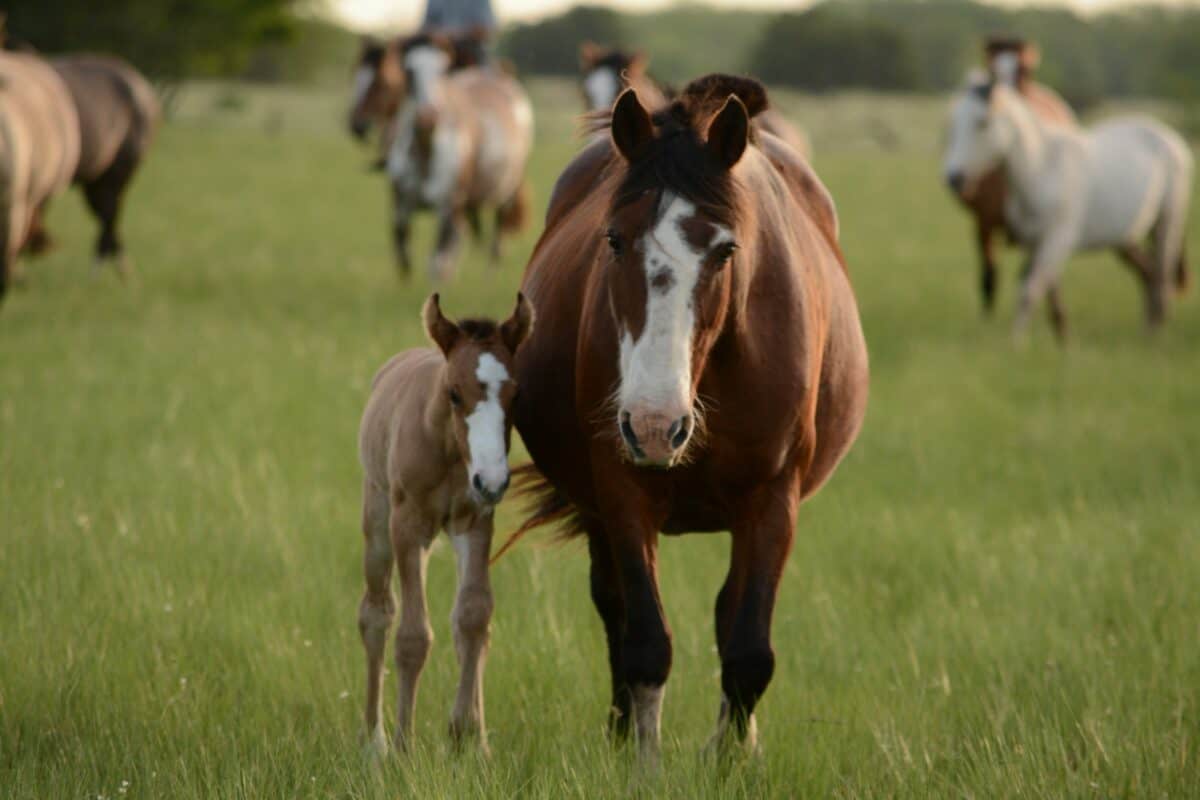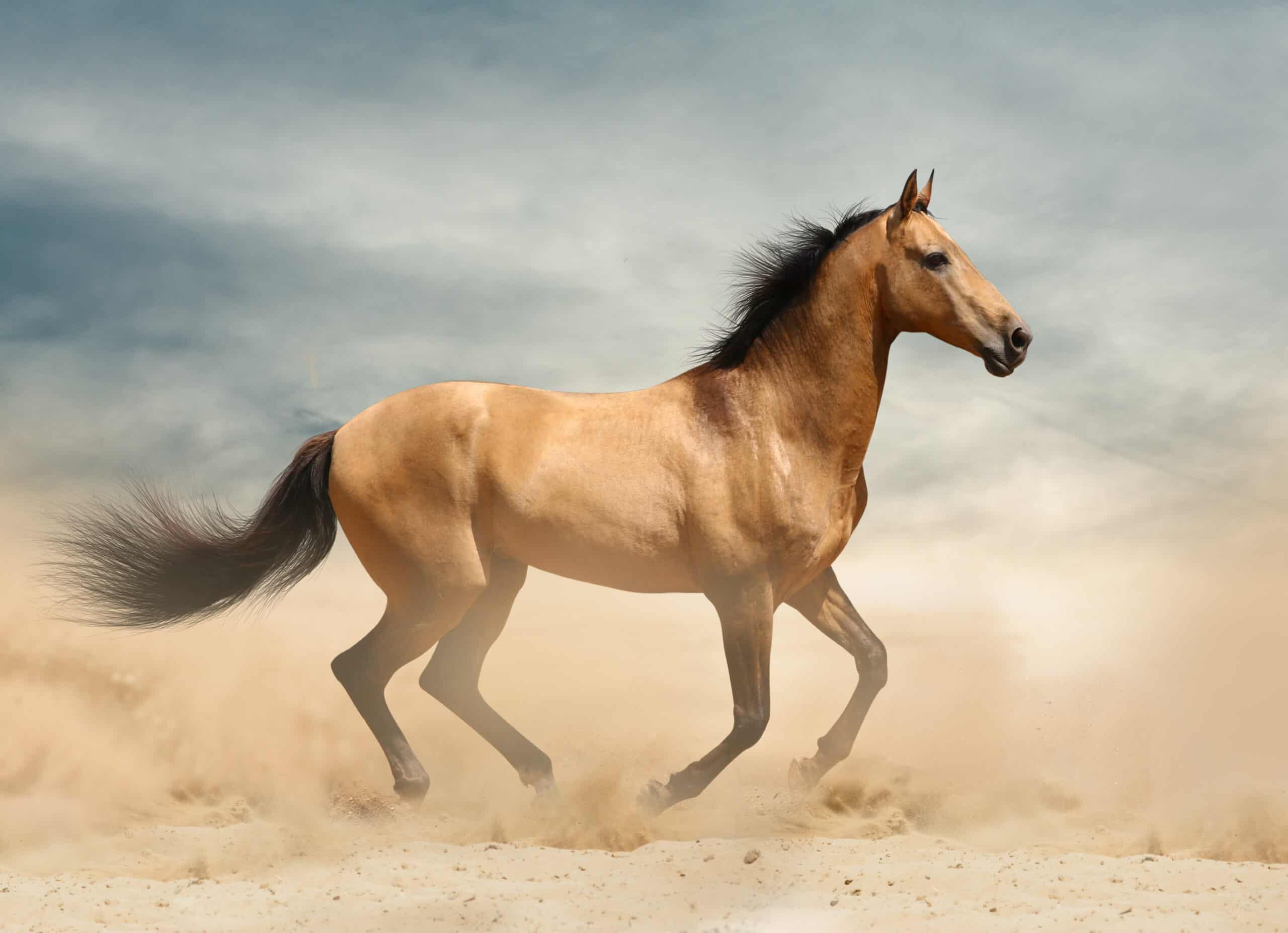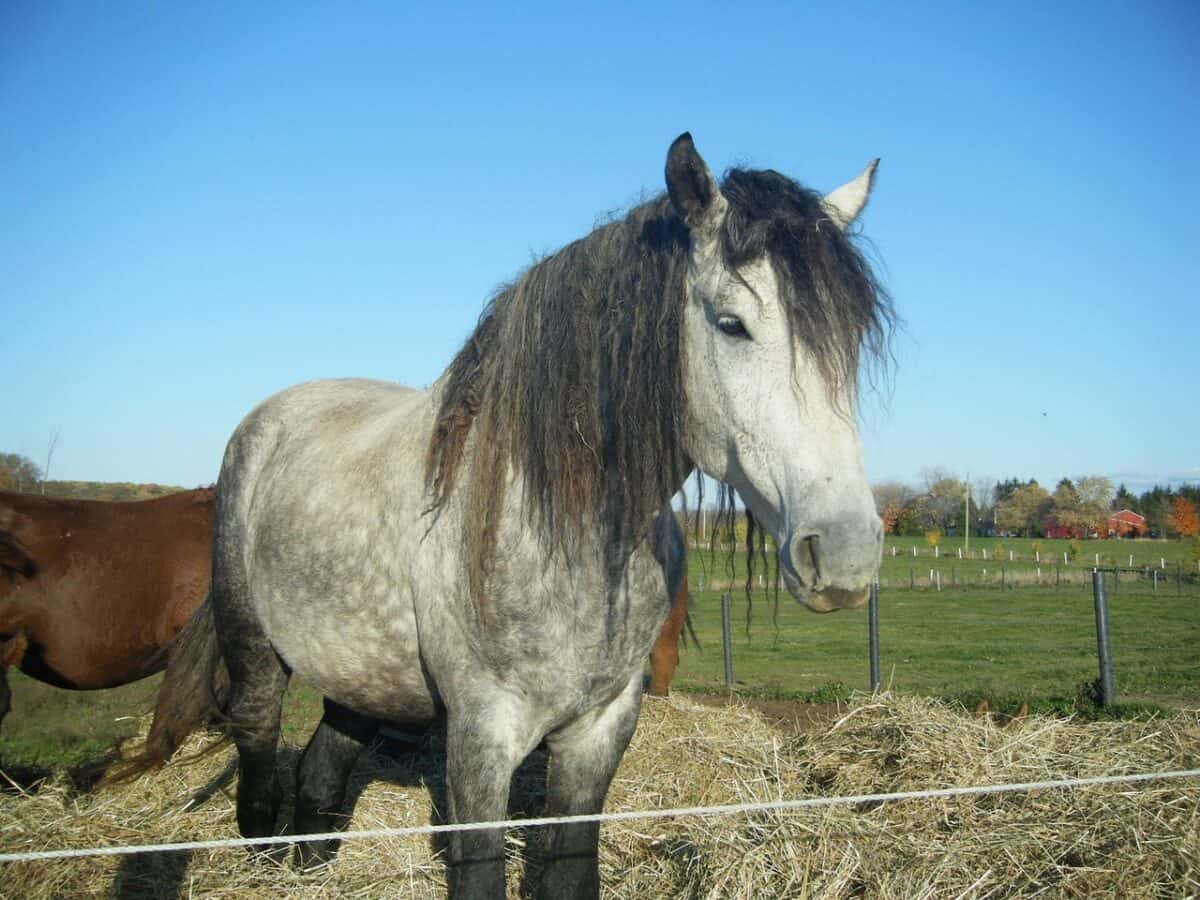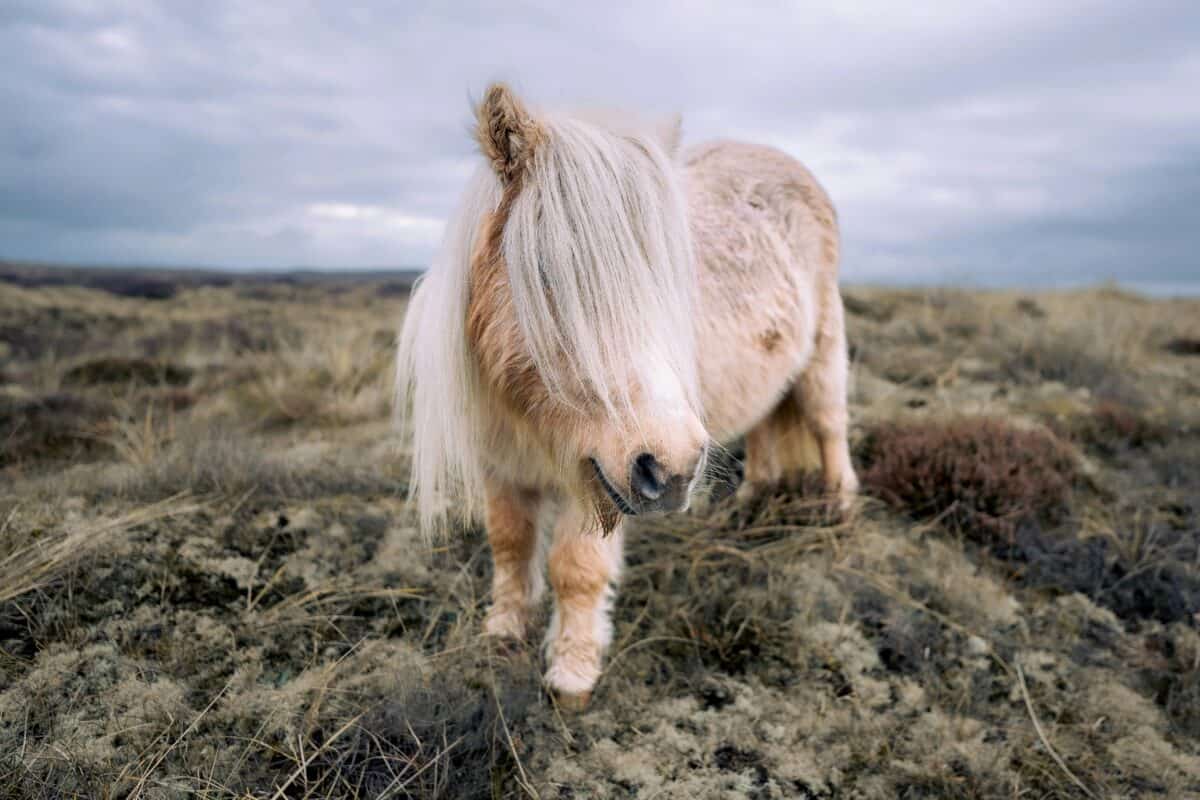When it comes to resilience, few animals exhibit the grit and adaptability of the horse. Across the globe, certain horse breeds have evolved or been selectively bred to withstand the rigors of harsh climates. Whether enduring arid deserts, frigid mountains, or damp wildernesses, these horses embody strength and stamina. Understanding which horse breeds thrive in adverse conditions can enhance our appreciation for these majestic creatures and inform decisions for breeders and equestrians seeking hardy companions. This article explores twelve horse breeds that excel in harsh weather, shedding light on their unique traits and the environments they call home.
12. Icelandic Horse

The Icelandic horse, native to Iceland, is renowned for its ability to withstand the island’s extreme climate. These sturdy horses have a dense double winter coat that protects them from relentless winds and freezing temperatures. Despite their small stature, Icelandic horses are known for their strength and endurance. A unique feature of this breed is its five gaits, which include the typical walk, trot, and canter, along with two additional gaits called the tölt and pace, offering a smooth ride even in rough terrain.
11. Yakutian Horse

The Yakutian horse hails from the harsh Siberian climate, where temperatures plummet as low as -70°C (-94°F). This breed is incredibly resilient, thanks to its thick mane and dense fur that helps insulate against extreme cold. Yakutian horses have adapted to survive on minimal resources, often foraging through thick snow for vegetation and developing large fat reserves to sustain them through the harsh winters.
10. Norwegian Fjord

Originating from Norway, the Norwegian Fjord horse is perfectly suited to the cold, mountainous terrain of its homeland. With a robust build and compact body, this breed is adept at navigating steep and rocky landscapes. Its thick mane, usually trimmed in a distinctive crescent shape, and dense coat offer protection from wind and snow. Fjords are known for their gentle temperament, making them excellent workhorses and companions alike.
9. Arabian Horse

The Arabian horse is celebrated for its ability to thrive in the arid desert conditions of the Middle East. Known for its endurance and spirited nature, the Arabian has been a trusted companion to the Bedouins for centuries. Its large nostrils and unique respiratory system facilitate efficient breathing in hot and dry conditions, while its sleek coat reflects sunlight, keeping it cool. Despite the demands of the desert, Arabian horses remain one of the most graceful and energetic breeds.
8. Highland Pony

Hailing from the rugged Scottish Highlands, the Highland Pony is another breed built for endurance. This pony is renowned for its sure-footedness, strength, and resistance to cold, damp weather. With a dense, water-resistant mane and coat, the Highland Pony can graze year-round, even in wintry conditions. They are versatile animals, often used in equestrian shows or as reliable family ponies.
7. Mongolian Horse

The Mongolian horse is an ancient breed that has survived for millennia in the harsh, expansive steppes of Mongolia. These horses demonstrate incredible stamina and the capacity to withstand extreme temperature fluctuations, from scorching summers to freezing winters. With a hardy constitution and minimal human intervention in their breeding, Mongolian horses are largely self-sufficient and remarkably resilient.
6. Mustang

Mustangs are feral horses descended from breeds brought to the Americas by Spanish explorers. Their environment varies considerably across regions, but they are renowned for their adaptability to both arid deserts and mountainous terrains. Mustangs are robust and have developed genetic traits that enable them to survive with little forage and water. They remain symbols of the American wilderness due to their spirited nature and resilience.
5. Exmoor Pony

The Exmoor Pony, native to the moorlands of southwest England, is one of the oldest and most primitive horse breeds. It has adapted to survive on sparse vegetation and endure the wet, windy climate of its habitat. The Exmoor’s thick double coat and unique jaw structure help it efficiently process the tough moorland plants, while its compact size and agility make it adept at navigating uneven ground.
4. Bashkir Curly

The Bashkir Curly horse is notable not only for its distinctive curly coat but also its remarkable adaptability to severe cold. Originating from the Ural Mountains and steppes of Russia, this breed is considered hypoallergenic and exhibits strong endurance. With a thick, curly coat that offers insulation against freezing temperatures, Bashkir Curlies are comfortable in harsh continental climate zones.
3. Shetland Pony

Shetland Ponies originate from the Shetland Islands of Scotland, where the weather is cold, windy, and often damp. Their small, stocky bodies, coupled with a dense double coat, provide excellent insulation against the harsh climate. Known for their strength relative to their size, Shetlands are frequently used for driving and as children’s mounts due to their docile nature and hardiness.
2. Przewalski’s Horse

Sometimes considered the last true wild horse species, Przewalski’s Horse (or Takhi) is native to the central Asian steppes. With a compact and muscular build, it has adapted to survive in extreme temperatures and scarce resources. Przewalski’s Horse plays a critical role in conservation efforts as a symbol of wildlife recovery and ecological resilience.
1. Sorraia Horse

The Sorraia horse, native to the marshes and wilderness areas of the Iberian Peninsula, is adapted to both harsh winters and hot summers. Sorraias have slender yet strong bodies that are suited for endurance rather than speed. Their primitive color and distinctive dorsal stripe, along with their resilience and ability to forage in challenging environments, make them a living link to their ancient ancestors.
In conclusion, these twelve horse breeds illustrate the incredible adaptability and resilience of horses in the face of diverse and extreme climates. Each breed possesses unique traits honed by nature and history, allowing them to flourish where others might falter. For horse enthusiasts and professionals, understanding these breeds’ unique characteristics can enrich our interactions with them and guide responsible breeding and conservation efforts. Through centuries of evolution and adaptation, these horses remain remarkable examples of survival and fortitude.
- The Coldest Town in America—And How People Survive There - August 9, 2025
- How Some Birds “Steal” Parenting Duties From Others - August 9, 2025
- 12 Deep-Sea Creatures You Won’t Believe Exist - August 9, 2025

